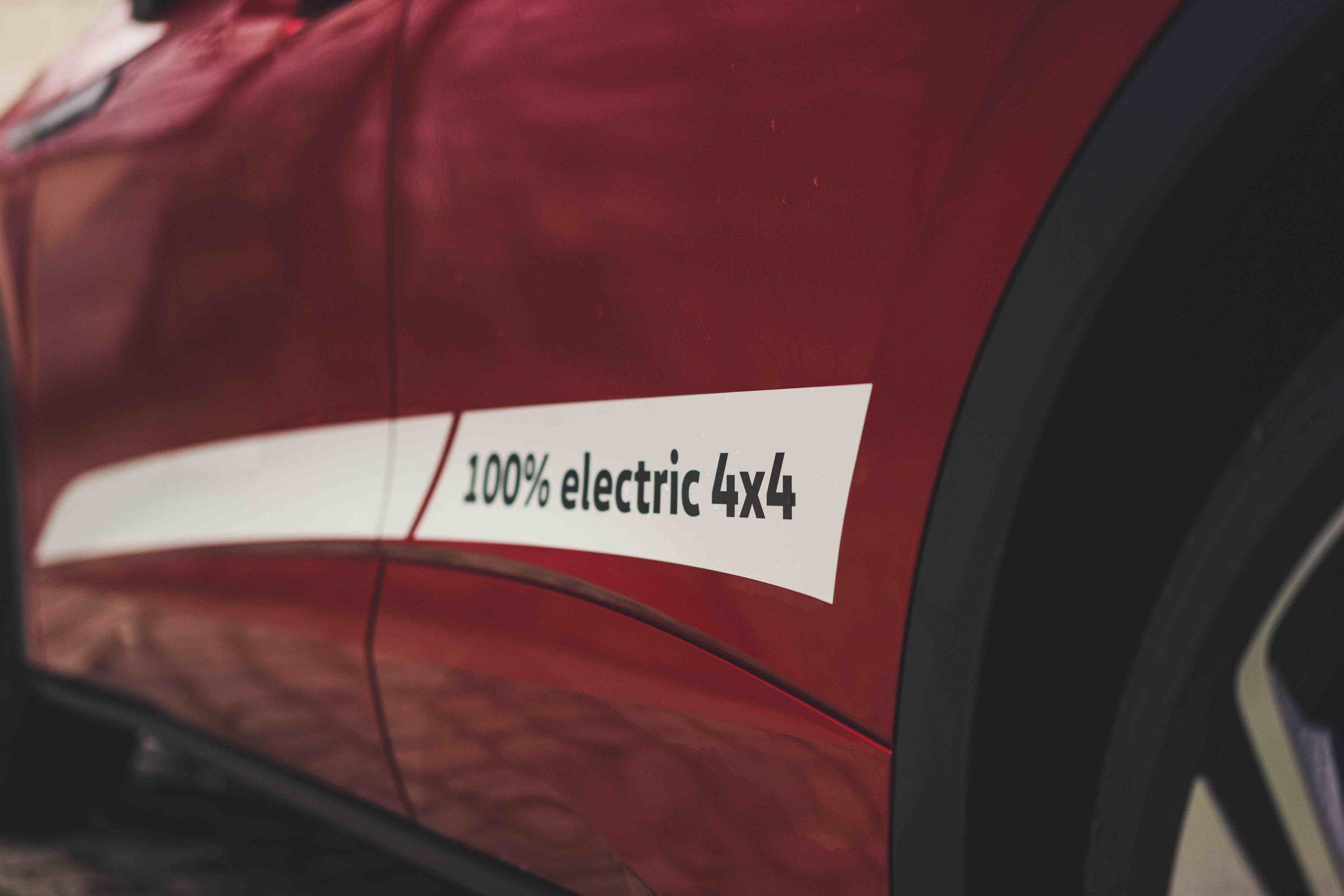Volkswagen ID.4 GTX, is it an electric GTI?
There’re only a few three-letter combinations in the world more known to men than GTI, STD and USA being two of them. “Gran Turismo Iniezione” is since 1976 been a synonym for fast Volkswagens, only beaten by the R-models in the Volkswagen ranking. Can GTX match or be even better than the GTI? We will find out for you.
GT I, D, E and X
I being a petrol, D a diesel, E the petrol hybrid and X the full electric (with four-wheel drive, hence the X). But that’s where the shoe pinches a bit. The GTI models are -often- pretty good/fun cars. The diesel and hybrid ones didn’t always cut the mustard and now this GTX. Is it a sales technique of the marketing department or is it really and truly a sporty and fun car?
299 hp …
… under certain circumstances. Being: the temperature of the high voltage battery must be between 23 and 50 °C, the battery needs to have more than 88% and you will only get the 220 kW for 30 seconds. That are a lot of “ifs”. So if all those things are checked, you get 204 hp (150 kW) from the synchronous rear motor in combination with the asynchronous front motor with 109 hp (80 kW). Those horses, the 460 Nm of torque and the one gear zooms the Volkswagen ID.4 GTX to 100 km/h in 6,2 seconds and onto 180km/h. The same top speed as the Volvo S90 T8, but that doesn’t say much. Most of the time, the GTX is rear-wheel drive and the torque is divided thanks to certain software. But if it senses it’s going to lose grip, the front engine helps to put the power down. Between the different driving modes (eco, sport, …), you can find “Traction”, a mode that always activates the front engine for extra grip.
In the corners and especially when braking before cornering, you feel the immense weight of the GTX. Almost 2,2 tons! Yes, let that sink in for a moment. The Range Rover Velar SVAD is lighter and the Sport SVR is just a tad heavier. More than once, I was entering the corner with a speed I hoped was less than what the car was showing and a little bit of poop came out. The chassis could handle it, but the weight kept pushing you somewhere you didn’t want to go. This is despite the -optional- steered suspension. Use the correct amount of speed in combination with the direct feeling in the steering wheel -thanks to the optional progressive steering- and the ID.4 GTX can handle a sufficient amount of “abuse”. So, if you want an “OK” driving and steering GTX, you need to add some options.
The 77 kWh battery should give a range of 482 km (WLTP), so they say at Volkswagen. Our full battery always gave a theoretical range of 360 kilometers. Also, the promise of 18,2 kWh/100km was far from our average of 23 kWh/100km. In defense of the car, it was near freezing point the week we have been testing the car and on a trip of 37 kilometers (small roads but also highways), we only lost 41 kilometers of range. Pretty fine!
Look at me now
To distinguish it from the normal Volkswagen ID.4, the GTX received specific headlights, black front air vents, redesigned bumpers, contrasting stitching on the interior trim, more striking colors and well-chosen black accents -such as for the spoiler. We almost forgot the overload of GTX logos scattered on and in the car. As icing on the cake, the Volkswagen ID.4 GTX features LED rear lights with a 3D effect and matrix lighting at the front to continuously adjust the brightness of the headlights. Our car is equipped with 21-inch Narvik wheels and wears a striking “Kings Red Metallic”-color. If you ask me, the car should have a little more shape.
Minimalistic
The interior is -to say the least- minimalistic. The heated multi-functional steering wheel is the same as in every other Volkswagen, but the digital cockpit behind that is so extremely small. It still gives all the information you need: speed, cruise control and navigation. At the right side of the digital cockpit, the gear lever dangles and let that be a very strange place to put that thing. I have never felt so stupid in a car when looking for the gear selector yhan in this Volkswagen ID.4 GTX.
In the center, there’s an easy-to-use infotainment system, a big hole, some cup holders and that’s pretty much it. The car has too little to do and feels a bite dull thanks to that. The seats are heated and comfy, but don’t give enough side support and certainly for a sports model.
The important question!
Is the GTX an electric GTI? No! I really dislike the “GTX” name for what Volkswagen did with it. Is the Volkswagen ID.4 GTX a good car? Yes, absolutly. But it’s not sporty enough to be called an electric GTI and that’s why this ID.4 GTX scores an F. If Volkswagen hadn’t put the GTX logos on this car and just sold it as an ID.4, then it would probably scored a B. The cheapest ID.4 will set you back 56.010 euros (BE) but then you get 174 hp. Do you want our GTX? You will need an eyewatering 69.281 euros.





















